Where To Stay In Chicago: The Ultimate Neighborhood Guide
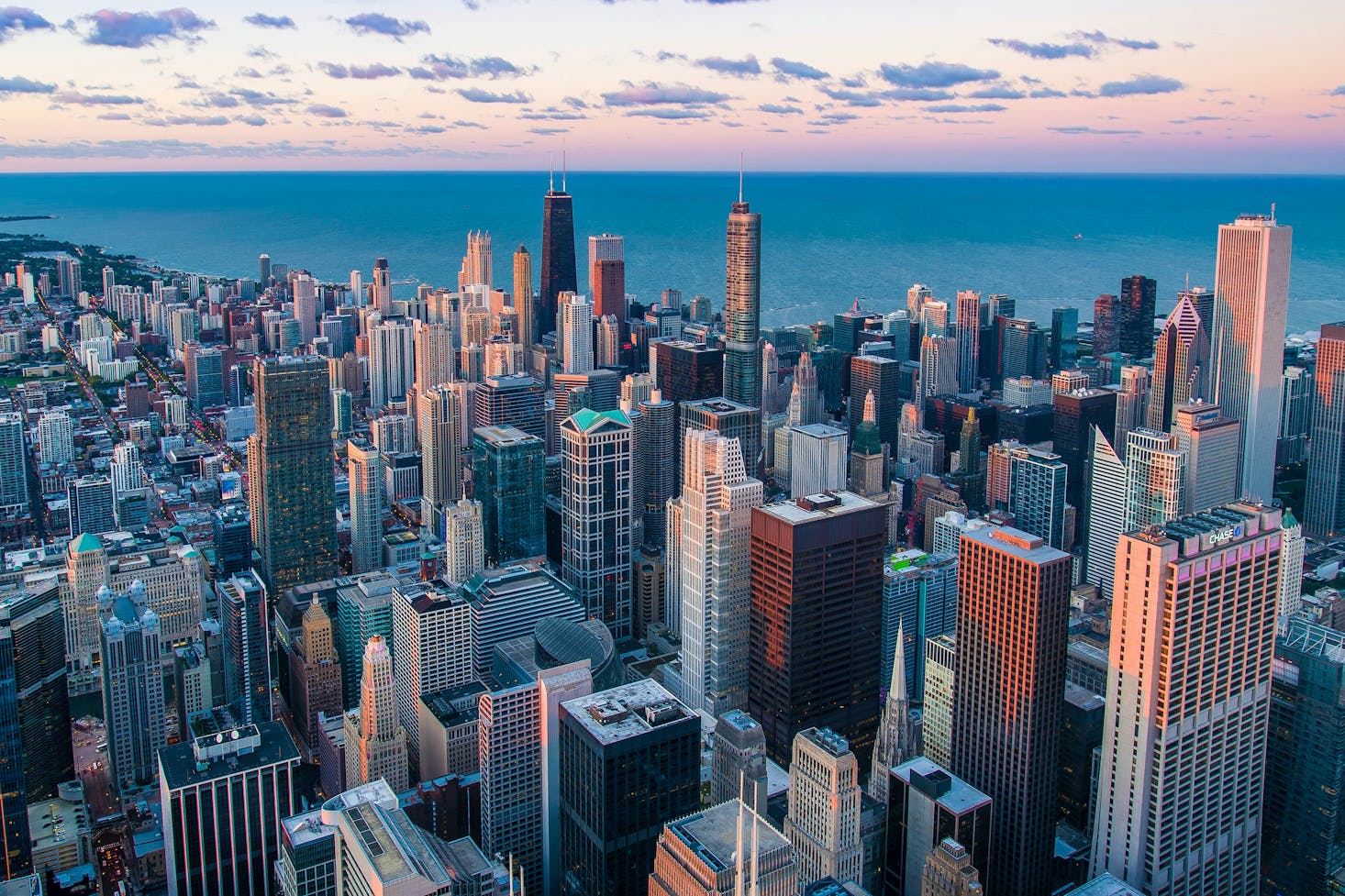
Anyone who knows anything will tell you not to sleep on Chicago as a travel destination. Not only are there world-class museums, a legendary sports town, famous live music venues, and a stunningly gorgeous Lake Michigan lakefront, but there are dozens of unique and charming neighborhoods to fall in love with. With north, south, and west sides (Lake Michigan is the east side), Chicago’s downtown “Loop” is surrounded by neighborhoods owing their character to leafy boulevards, gritty former industrial districts, expansive parks, and vibrant communities.
While most tourists end up staying in the central downtown area learning about the Great Chicago Fire and eating deep-dish pizza, younger travelers have been venturing out into the neighborhoods for experiences more geared towards their tastes. “Living like a local” has been increasingly popular for richer travel experiences. Fortunately, the various areas have their own unique character, so just about anyone can find the perfect neighborhood to stay in and explore. Luckily, there are Bounce storage facilities located throughout the entire city, so it’s easy to jump around different areas to fully experience Chicago. But where to stay? Here are Chicago’s best neighborhoods for travelers:
Get $5 off with the Bounce app
Use Bounce to find nearby bag storage in 4,000+ cities worldwide.
Get the app
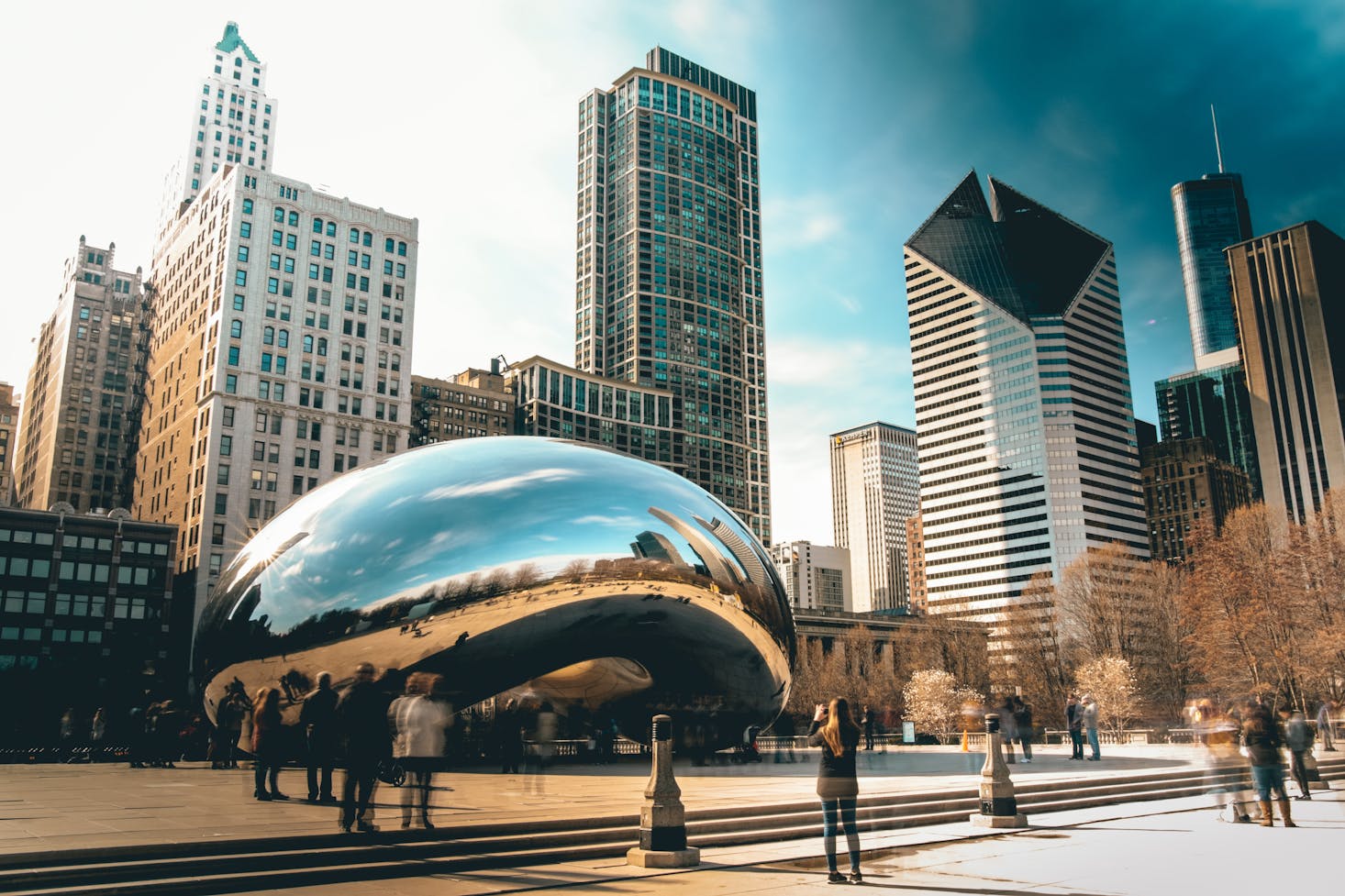
Downtown Chicago (The Loop)
This is less a neighborhood and more of a city center. It’s where all of the largest office buildings, skyscrapers, hotels, and a few world-class museums are located. Downtown Chicago has its charms, as the Windy City is full of character, but much of the culture is best experienced out in the neighborhoods where locals live. Nevertheless, the Art Institute of Chicago, the Lakefront Museum Campus, Grant Park, Millennium Park, and the Magnificent Mile are all located here, and each of them is worth checking out, especially if you’re staying in Downtown Chicago. The Chicago Loop is named for the circle of train lines that run through the area. Every train line runs through the Loop, so getting to and from every neighborhood is possible from downtown Chicago. There is also the water taxi that downtown residents can take to tour the Chicago River and even hitch a ride down to Chinatown! For more tips on navigating the city, check out our guide on how to get around Chicago.
Andersonville
Despite being further North than most tourists venture, Andersonville has become one of Chicago’s cultural hotspots. Originally a Swedish neighborhood, Andersonville owes its popularity to LBGTQ+ nightlife and a buzzing restaurant scene. Andersonville’s main stretch, North Clark Street (yes, the same street as Wrigley Field), turns into one of the most bustling corridors in Chicago on Saturdays and Sundays.
One of Chicago’s most beloved restaurants, Hopleaf, anchors the neighborhood. One of the OG craft beer bars in the country, Hopleaf’s kitchen churns out Belgian and European-style pub food, like the famous beer-steamed mussels or famous Duck Reuben. It’s one of the most renowned beer bars in the world, and you’ll find travelers from all over the globe sidling up to the bar next to longtime neighborhood regulars. It’s a friendly, congenial place and a can’t-miss for foodies and beer nerds.
The North Clark Street Bounce location is perfectly situated for conveniently dropping your bags off while you pop around Andersonville bars and restaurants or explore the nearby neighborhoods of Edgewater, Uptown, and Buena Park.
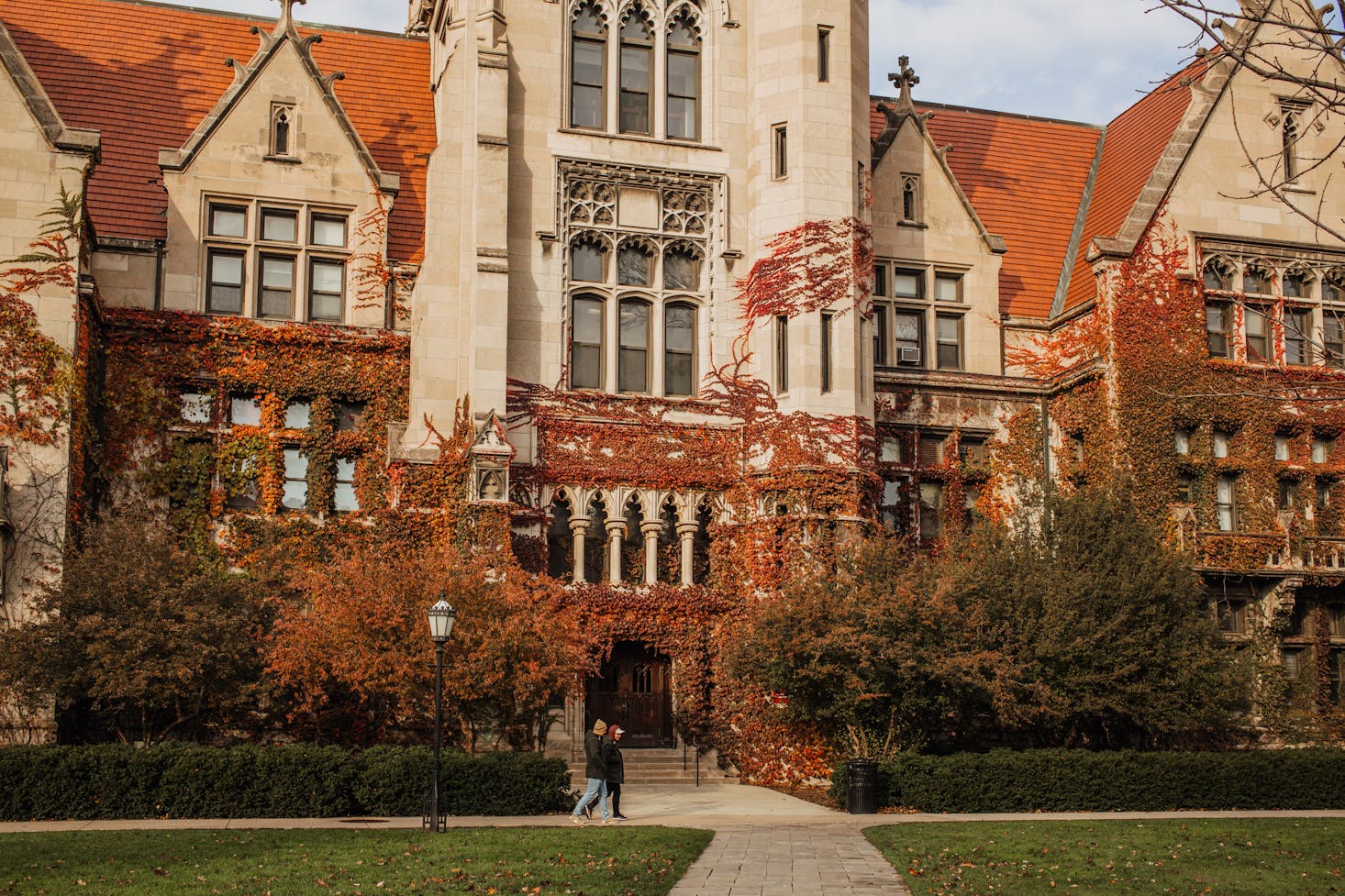
Hyde Park
Famous for the very Hogwarts-like University of Chicago Campus, Hyde Park is a southside neighborhood with some serious history and a world-class food scene. The Obama Family calls Hyde Park home, so you know you can’t go wrong here! There are numerous parks dating back to the World’s Fair. Most visitors stay in Hyde Park when they are visiting friends or family at the University. The neighborhood can be difficult to get to from other parts of the city, being tucked away near Lake Michigan, about ten miles away from Downtown Chicago. But anyone who has ever visited the area has nothing but good things to say about Hyde Park!
Lakeview
This area comprises several “‘mini-neighborhoods” that all have their own character. Most notably would be Wrigleyville, which is one of the best nightlife districts in Chicago, surrounding the iconic home of the Chicago Cubs. Even during the offseason, you’ll find the bustling Clark and Sheffield corridors crawling with groups of club-goers and bachelor parties. Further east is Boys Town, the capital of Chicago’s LGBTQ+ community, and a vibrant nightlife district with attractive condos, stores, restaurants, and more. This is where the Chicago Pride Parade takes place and is a beloved neighborhood among locals. Both Boys Town and Wrigleyville are serviced by the Red Line, Clark Street bus from downtown, and multiple bus lines from the west. Just west is the Southport Corridor, which is more family-oriented than Wrigleyville. Being just off the Brown Line, this is an easy area to access, and many find the pace to be more relaxed.
Lakeview is aptly named, given its proximity to several beaches on the lakefront. This makes Lakeview a prime location for anyone hoping to get a nice breeze off the water during a long walk or bike ride. This area is most likely to attract younger travelers looking for high-paced nightlife. Bachelor and bachelorette parties and visiting baseball fans are also common visitors to the area.
Lincoln Park
This residential area nestled up to the park it's named after is one of the most popular neighborhoods in Chicago for 20 and 30-something professionals. It’s also home to DePaul’s campus, so the neighborhood skews young. Nightlife in Lincoln Park (and Lincoln Park Zoo) is more relaxed than its next-door neighbor in Wrigleyville and slightly upscale in the same way that Old Town and Gold Coast are marketed. You’ll still find young families clustered in residential streets, but this neighborhood can accurately be described as “yuppie central.” Despite DePaul being located in the middle of Lincoln Park, it’s a small enough campus that the threat of frat parties and unruly bar crawls is relatively muted.
There are a few streets like Webster and Sheffield that provide a quiet respite from Lincoln Park’s buzzier sports bar-lined stretches. There are also some truly classic Chicago establishments like Athenian Room, Twin Anchors (best ribs in the city and a former Al Capone hangout), and RJ Grunts that bring a retro charm with amazing food. It can’t be stressed enough how great the Lincoln Park Zoo is, either. Completely free to enter, it’s a gorgeous and expansive zoo right in the middle of a city park! Another landmark that everyone should visit during their stay in Chicago is the Lincoln Park Conservatory.
Lincoln Park is very accessible from just about every direction. The Red, Purple, and Brown train lines all run through the neighborhood, and Wicker Park and Logan square residents can get to the neighborhood via the North Ave and Fullerton buses.
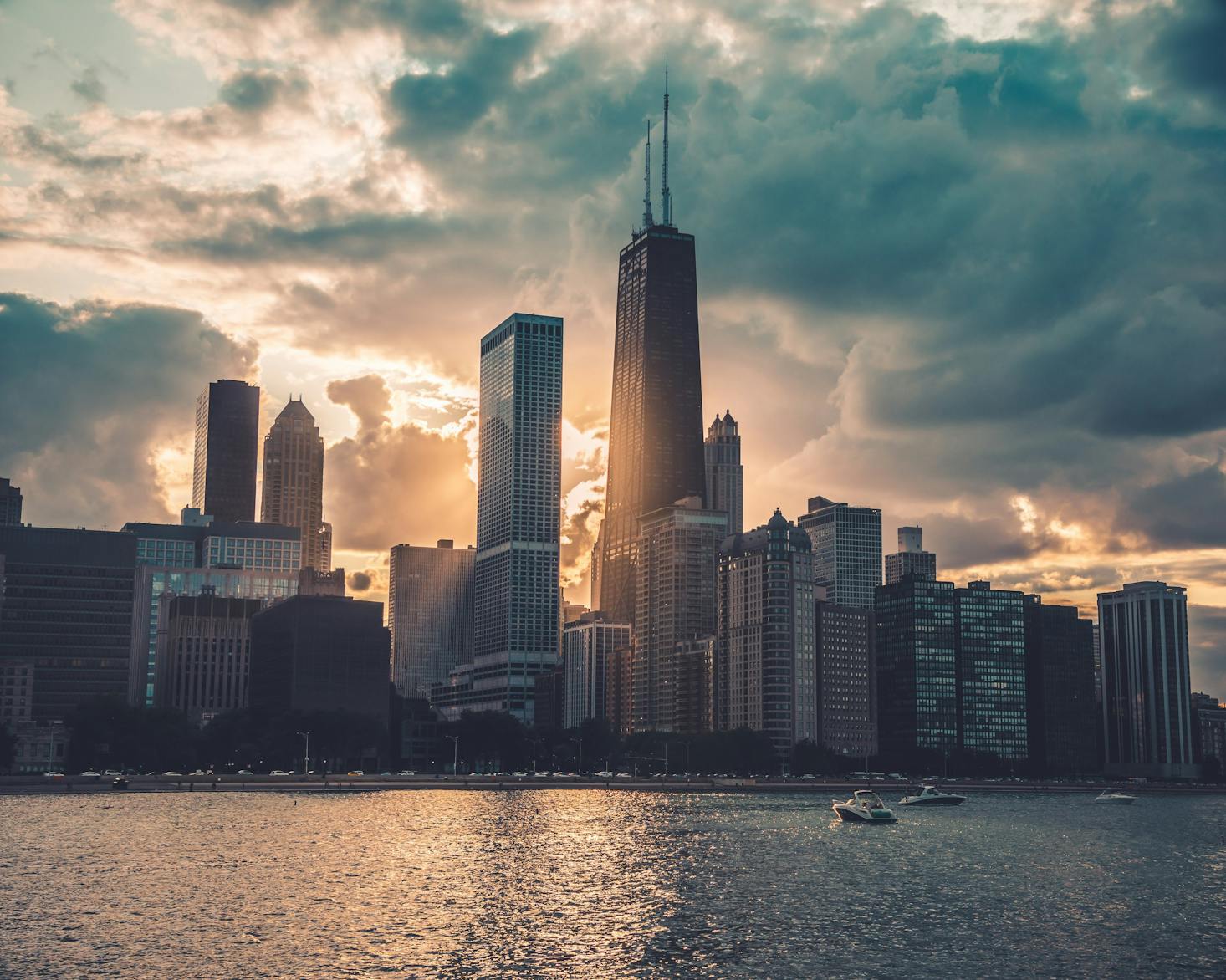
Lincoln Square
This neighborhood on the far north side was originally home to Chicago’s massive German population. While there are still a few bierhalls serving up enormous slabs of schnitzel and liters of beer (namely Laschet’s and Resi’s), the neighborhood has largely become a quiet, family-oriented residential corridor. It has charming local businesses like independent movie theatres, breweries, and cafés.
Lincoln Square is serviced by the Brown Line and the Western Avenue bus (Chicago’s longest and busiest street), but the area is mostly quiet, which the families and 40-somethings tend to prefer. One bustling corridor is the Ravenswood “Malt Row,” which several local breweries and a distillery call home.
Logan Square
Located just west of the highway and surrounding Milwaukee Avenue and Blue Line is one of the hottest neighborhoods in the country. Logan Square enjoys miles of leafy boulevards and multiple parks to become one of the greener neighborhoods in Chicago. There are a few stretches along Milwaukee, California, and Armitage with high clusters of bars, some of the best restaurants, breweries, cafes, art galleries, arcades, and boutiques.
The diverse Logan Square community is comprised of both families and young professionals. There is an undeniable hipster vibe in Logan Square, with most of them having moved from more developed Wicker Park or Bucktown. But Logan Square is an approachable and friendly neighborhood with its fair share of strollers and designer dogs. There are a few boutique hotels in Logan Square, but most younger travelers rent apartments for a weekend, and plenty of out-of-towners head up to the neighborhood from downtown Chicago for dinner or the Logan Square Farmer’s Market.
It's easy to sample some local beer from the five different breweries that call Logan Square home or pop into a renowned restaurant like Giant or Longman and Eagle.
Pilsen
Tucked away just southwest of the Loop between highways is Chicago’s next hotspot. Pilsen has changed drastically in the past few years to become a hipster hot spot and go-to corridor for restauranteurs looking for a space to set up shop and shoot for a Michelin Star. Originally a hub for Chicago’s Czech community (Pilsen being named for the Czech city of Plzen), this area has been home to a prosperous Mexican community for decades and has recently seen an influx of 20-somethings and new developments. Yet, the neighborhood retains its core identity, strengthening Pilsen’s appeal.
Along with a few of the best brunch spots in Chicago, Pilsen has a serious food scene. Being a cultural hub for Chicago’s thriving Mexican community, there are dozens of world-class taquerias and upscale restaurants throughout Pilsen, especially around 18th Street. Music fans, foodies, and cocktail connoisseurs all flock to the building that houses Thalia Hall, Dusek’s Tavern, and Punch House, which is a trifecta for local hipsters and in-the-know travelers.
Pilsen isn’t the most accessible Chicago neighborhood via public transit, with only the Pink Line running along the edge of the area, but Ubers and buses can make it a quick trip from Chinatown and The Loop. This is part of what makes Pilsen attractive to creatives. It’s off the beaten path, and the hordes of tourists that might complicate enjoying The Loop or even Wicker Park rarely make their way to Pilsen. If you want to “live like a local” on your trip to Chicago, Pilsen might be the best neighborhood to make your home away from home.

River North / Gold Coast / Old Town
The near north side has a few neighborhoods that tourists often find themselves spilling out to from The Loop. River North is the closest, with many high-rise apartments and the best luxury hotels for the commuter crowd. There is also a high-end nightlife scene in River North, undoubtedly attracting the work-hard-play-hard clientele that makes the neighborhood their home. Most of the city’s buzzy nightclubs are located in River North, and there are many upscale steakhouses and trendy restaurants located here.
Gold Coast and Old Town are further up Clark Street from River North and feature a similar but toned-down vibe. Most East Coast travelers compare these neighborhoods to Midtown Manhattan (especially Oak Street, Rush Street, and the Chicago Water Tower, John Hancock Center), and they’re not wrong. Restaurants, hotels, rentals, and bars are all on the pricier side.
These neighborhoods are very, very convenient to get to. Both the Red and Brown Line trains all pass through these areas on their way north. River North is the most accessible of all, being just a few minutes away from the Loop on foot. Being centrally located has its perks because access to downtown, the lake, and neighborhoods like Lincoln Park can really pay dividends when trying to pack in as much as possible into a short stay in Chicago. The Chicago History Museum is located in Old Town, which is a must-visit for history nerds. North Avenue Beach is nearby, which is one of the most popular places in the city!
West Loop
The industrial corridor along Randolph and Lake Streets was primed for development once all the meatpacking and manufacturing left the near west side. The location is excellent, being a short walk from the loop, and there were hundreds of buildings ready to be gutted and turned into chic restaurants, bars, condos, and office buildings. Hence, the West Loop as it is today. Dozens of startups and tech companies have moved into the neighborhood, and the Fulton Market corridor has become a de facto culinary district.
While there are a few trendy dive bars in West Loop, almost everything is geared towards fashionable young professionals. Expect pricier dinners, some of which require reservations months in advance because there are dozens of world-renowned restaurants. The nightlife scene is one of Chicago’s best, with several breweries, dozens of nightclubs, and some of the best cocktail bars in the city. There are also plenty of summer events around West Loop, including Pitchfork Music Festival, ARC Festival, Taste of Randolph, and Ruido Fest.
Wicker Park
There’s a reason that every up-and-coming neighborhood is referred to as “the new Wicker Park.” Starting in the 1990s as a gritty haven for cash-strapped creatives and industry professionals, this near northwest side neighborhood has turned into Chicago’s most popular neighborhood for 20-somethings. Milwaukee Avenue, known lovingly as a “hipster highway,” has the highest concentration of bars, restaurants, art galleries, thrift shops, record stores, and everything else you can think of.
Wicker Park is relatively easy to get to from several neighborhoods. The West Loop, Downtown Chicago, Logan Square, and O’Hare Airport are just a few stops away via the Blue Line, and Lincoln Park is just down North Avenue by bus. Wicker Park has a few hotels, including the ultra-fashionable Robey, but most younger travelers look to rent an apartment for the weekend.
Just north of Wicker Park is Bucktown, a leafy residential area that enjoys proximity to everything Wicker Park has to offer but with a quieter atmosphere. There is also the 606 elevated bike and walking trail that zips through the neighborhood. There are fewer hotels, but plenty of Airbnbs, which is great for families and 30-somethings who want to be near the action, without hearing the action in the late hours.
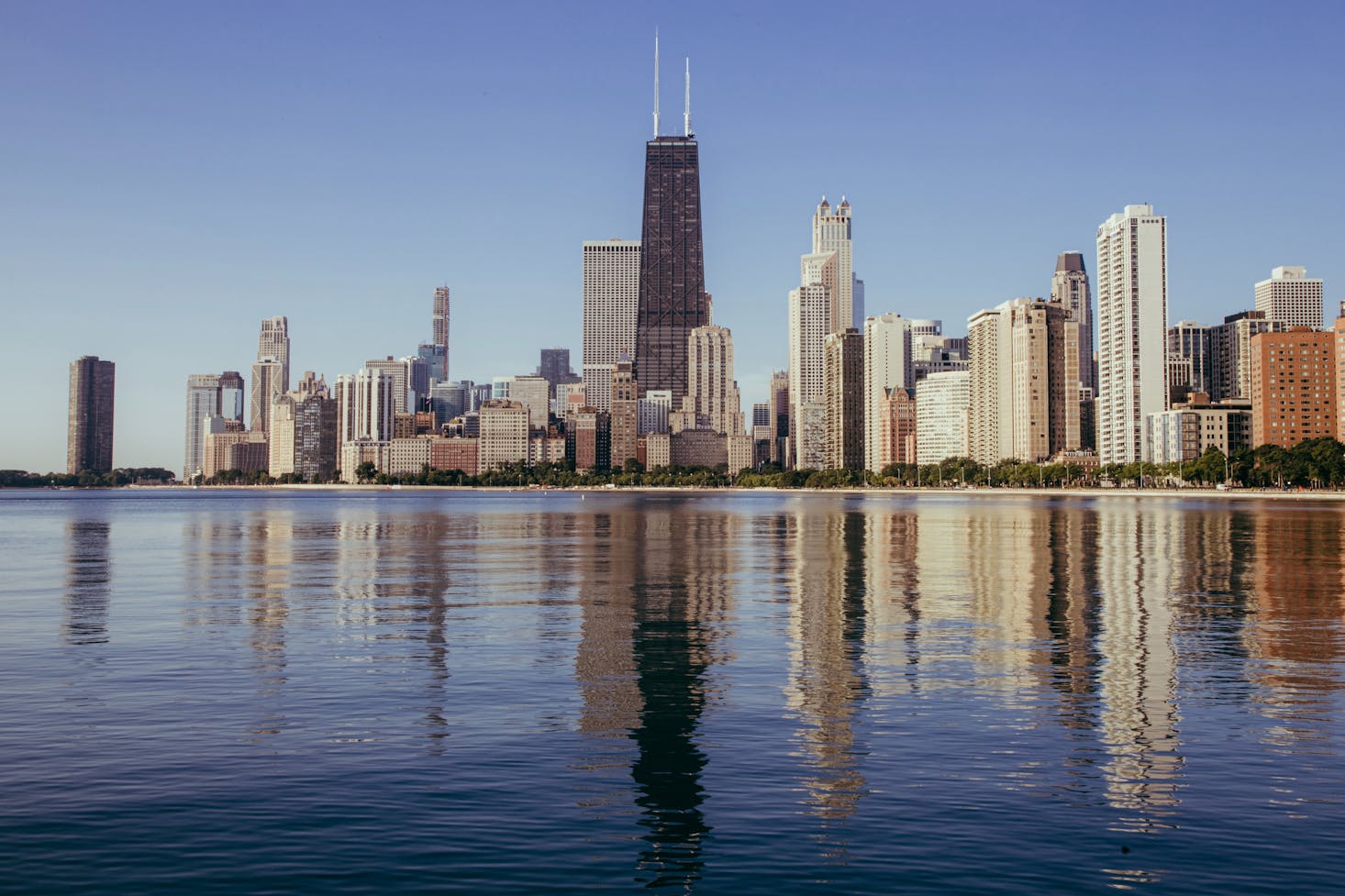
Conclusion
With so many wonderful neighborhoods to choose from, one might be tempted to schedule a few more trips to Chicago. Luckily, with convenient Bounce locations across the city, it’s easier than ever to jump from neighborhood to neighborhood to fully experience Chicago. So drop your bags and go explore everything the Windy City has to offer!
Get $5 off with the Bounce app
Use Bounce to find nearby bag storage in 4,000+ cities worldwide.
Get the app
